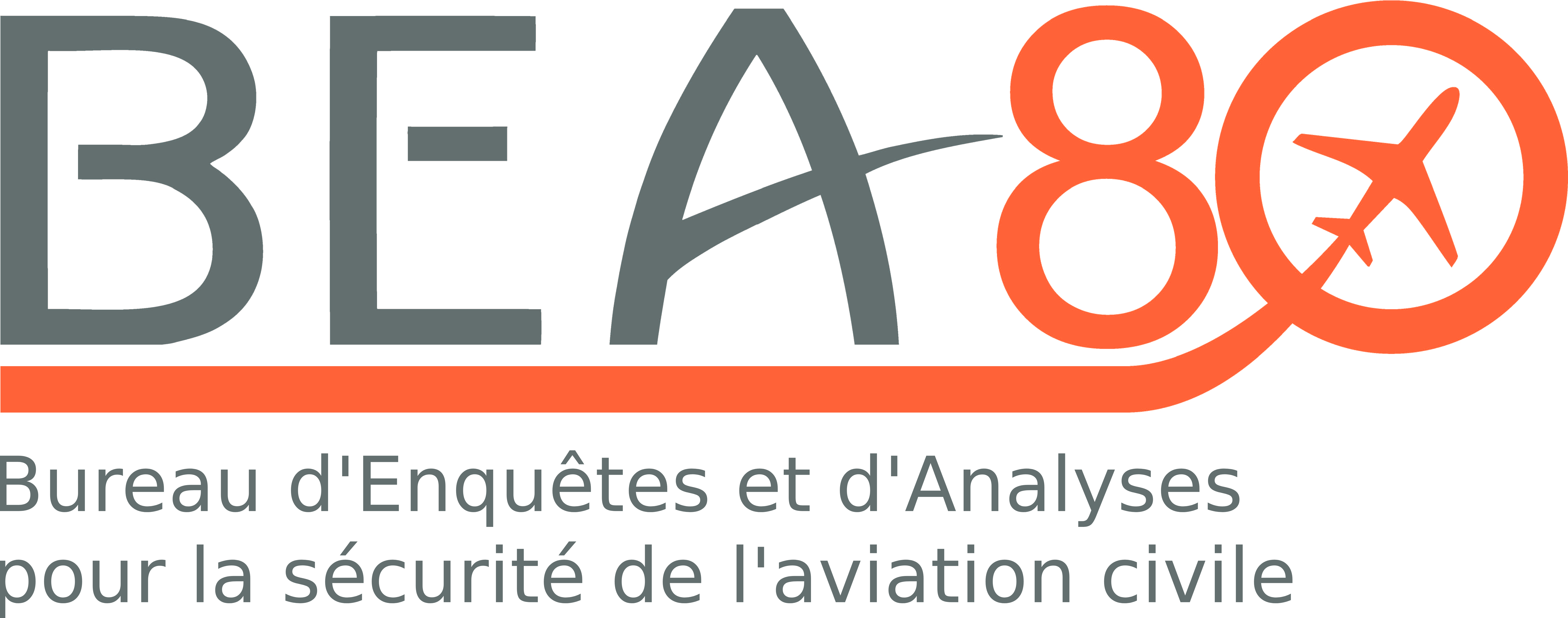Accident to the Robin DR400-160 registered F-BVMH on 22/05/2019 at Montauban aerodrome
Arrêt du moteur lors du décollage, panne de carburant
Note: The following information is principally based on the pilot’s statement. This information has not been independently validated by the BEA.
This is a courtesy translation by the BEA of the Final Report on the Safety Investigation published in May 2020. As accurate as the translation may be, the original text in French is the work of reference.
1 - History of the flight
The day before the accident, the pilot had added 55 l of fuel to the main tank, which has a capacity of 110 l, thinking that he was replenishing the tank. He had checked that the wing tanks were also full (2 x 40 l) and thought that he had a full fuel load to undertake a flight from Béziers aerodrome to Montauban aerodrome. Weather conditions forced him to turn back. The flight lasted approximately one hour, during which time the pilot considered that he had consumed 35 l[1].
On the day of the accident, the pilot thought that he had enough fuel, based on the flight he had made the previous day, to complete a flight from Béziers to Montauban and then back. He had to bring back the pilot of another club aircraft that was to undergo maintenance at Montauban. This flight again lasted about one hour.
On the return flight, the pilot indicated that he performed engine checks at holding point A, before backtracking up the runway and lining up for runway 13. He checked the fuel selector on the main tank and read a quantity of half a tank available in the centre tank.
The pilot perceived engine misfires about 10 seconds after take-off. Assisted by his passenger, he checked the operation of the electric fuel pump and the fuel pressure on both indicators (pressure gauge and warning light) and detected no apparent anomalies. He added that he did not think of fuel exhaustion because he knew that he had checked the gauge during the pre-take-off checklist.
The pilot reported that the engine shut down at a height of about 200 feet. He looked for the most appropriate place to land, given the aircraft’s low height. He spotted a fairly high hedge in his path and performed a left turn to avoid it. He extended the flaps to the landing position. Just before impact, without any real coordination, and with the benefit of his experience as a professional pilot, the passenger set the fuel selector to closed, switched off the electrical power and set the mixture control to idle cutoff.
After contact with the ground, the passengers evacuated the aircraft as a strong smell of gasoline had appeared.
2 - Additional information
2.1 Site and wreckage information
The aircraft struck the ground in a nose-down attitude approximately 60 m from the southeast end of the paved runway. It was oriented north-northeast. The visual examination of the powerplant showed that it was not delivering power at impact. Gasoline flowed profusely from each of the wing tanks when the caps were opened. The centre tank contained only two litres of fuel[2]. A check of the centre tank gauge, carried out by the club, revealed that it was defective.
2.2 Pilot’s experience
The pilot, who held an aeroplane private pilot licence and a SEP land rating, had logged about 500 flight hours since 1995, of which about 350 hours were on type and 6 hours within the last three months as pilot-in-command.
2.3 Pilot’s statement
The pilot explained that, when refuelling, he did not calculate the amount of fuel to be added, based on previous recorded flights, to compare it with the amount actually added. He noted that fuel was leaking from the vent in the filler neck and inferred that the tank was full.
3 - Conclusions
The conclusions are solely based on the information which came to the knowledge of the BEA during the investigation. They are not intended to apportion blame or liability.
Scenario
The engine shut down just after take-off due to the depletion of the main tank. The pilot misrepresented the amount of fuel remaining in the main tank based on the information available to him. The low height at which this failure occurred meant that he was unable to restart the engine or select a forced landing site.
Contributing factors
The following factors may have contributed to the fuel exhaustion:
- A fault on the centre tank fuel gauge that led to an erroneous fuel quantity indication and did not trigger the low level alarm;
- Possible over-consumption of fuel or under-estimation of the flight time during the two previous flights;
- Difficulty in visually monitoring the total amount of fuel available in the centre tank, which may have led to it being incompletely topped up.
[1] The flight manual indicates an average consumption between 33 and 38 l/h for this engine.
[2] The flight manual specifies that, for this tank, 10 l of fuel are only usable in horizontal flight.
